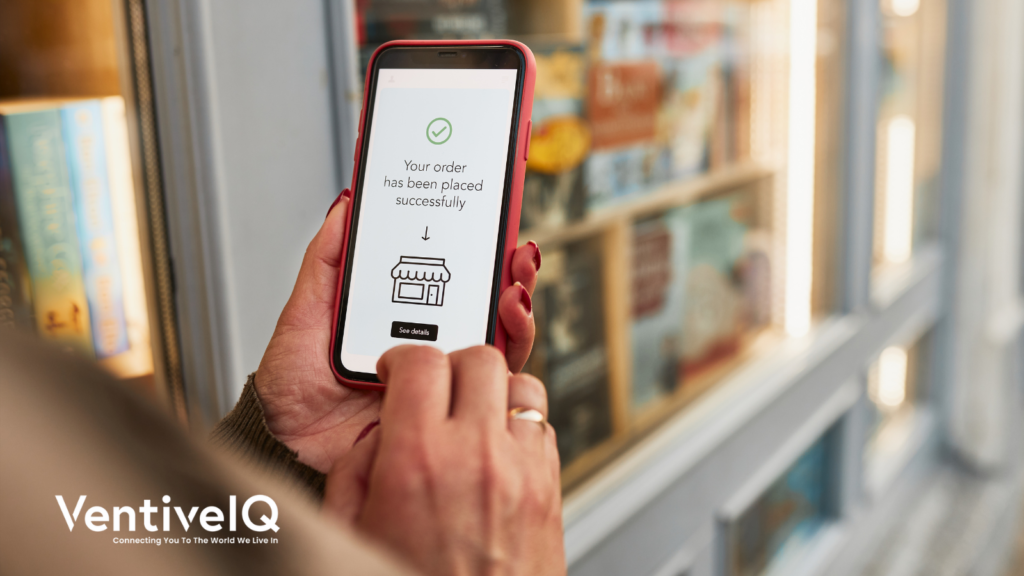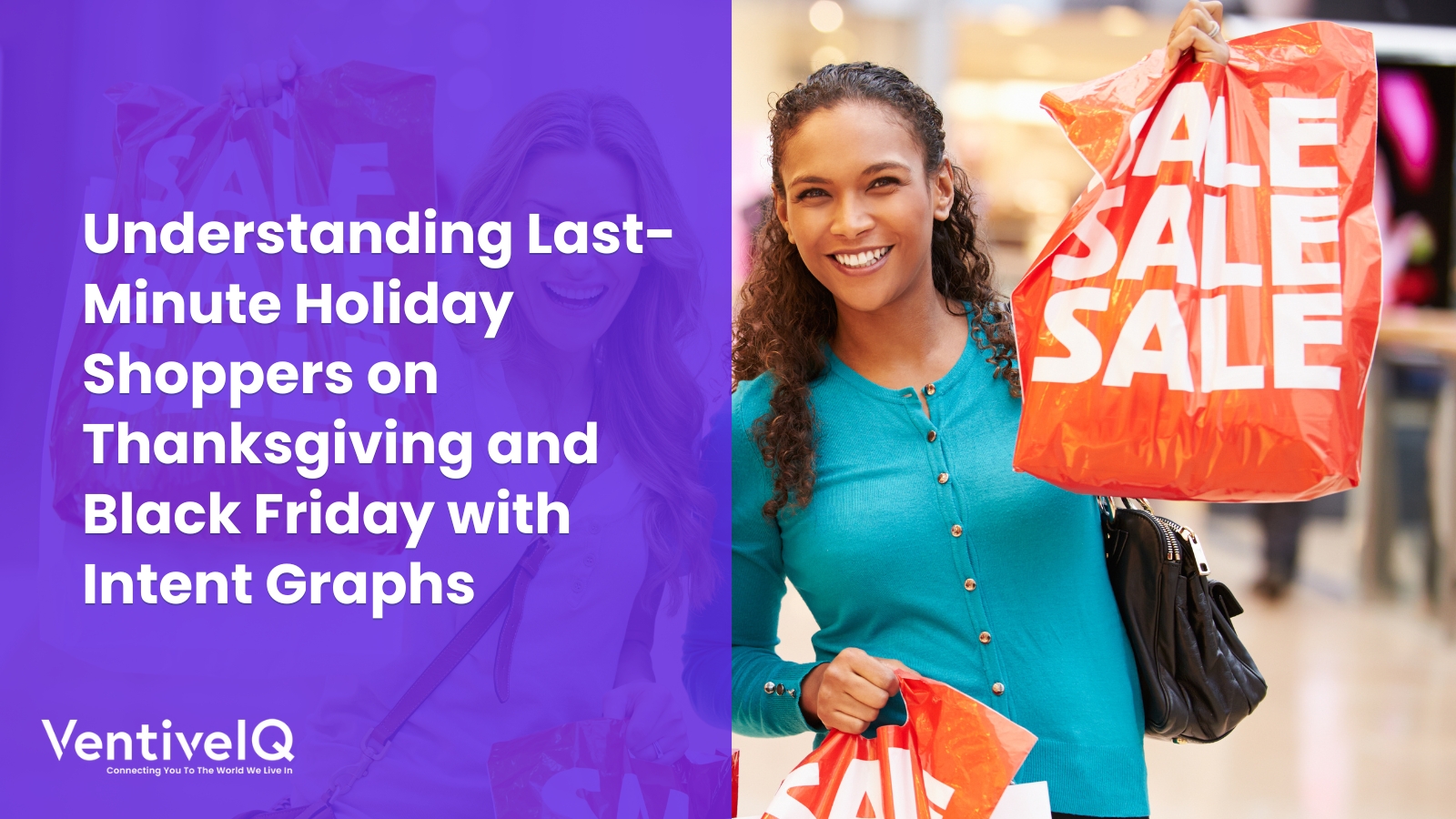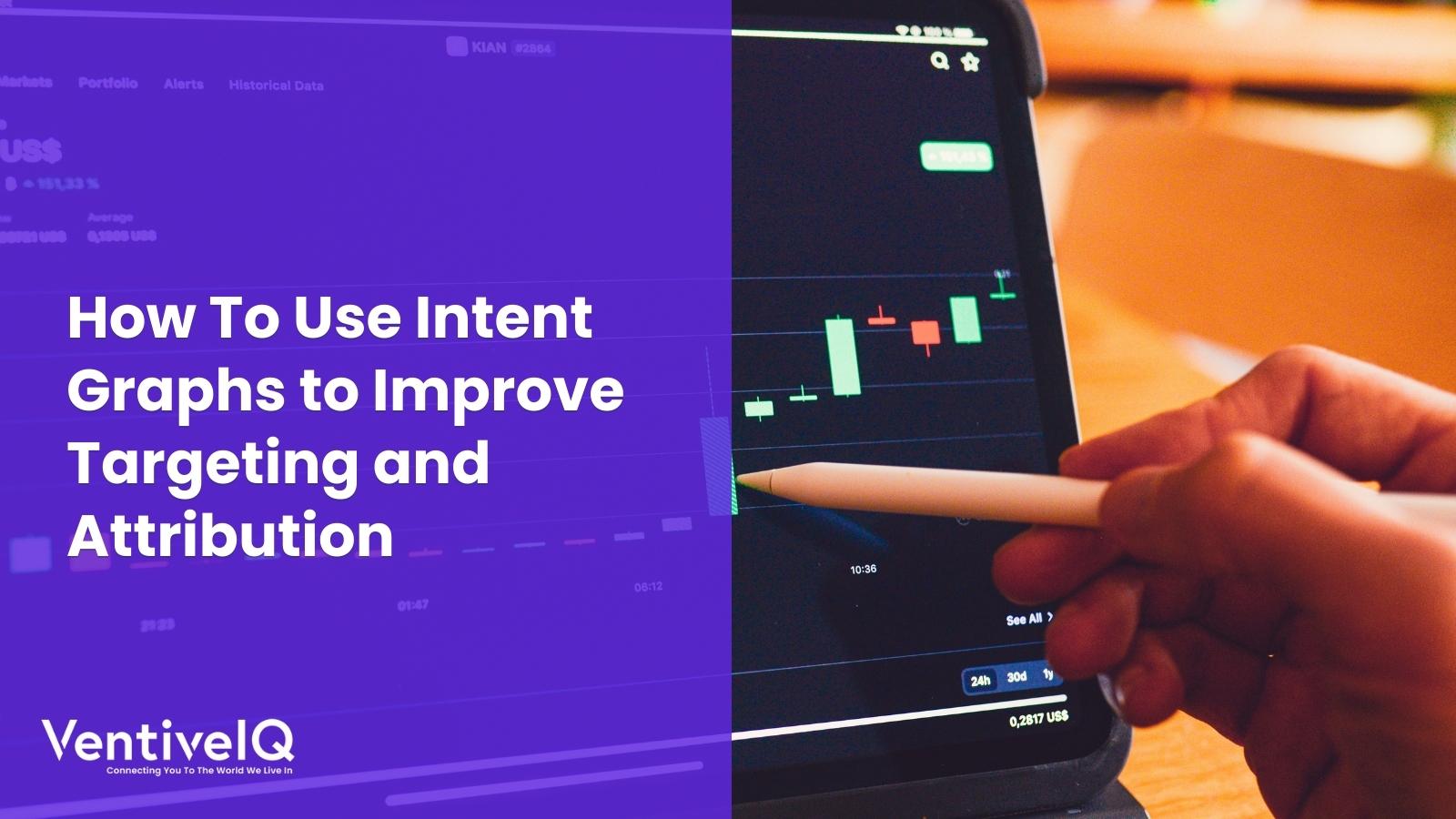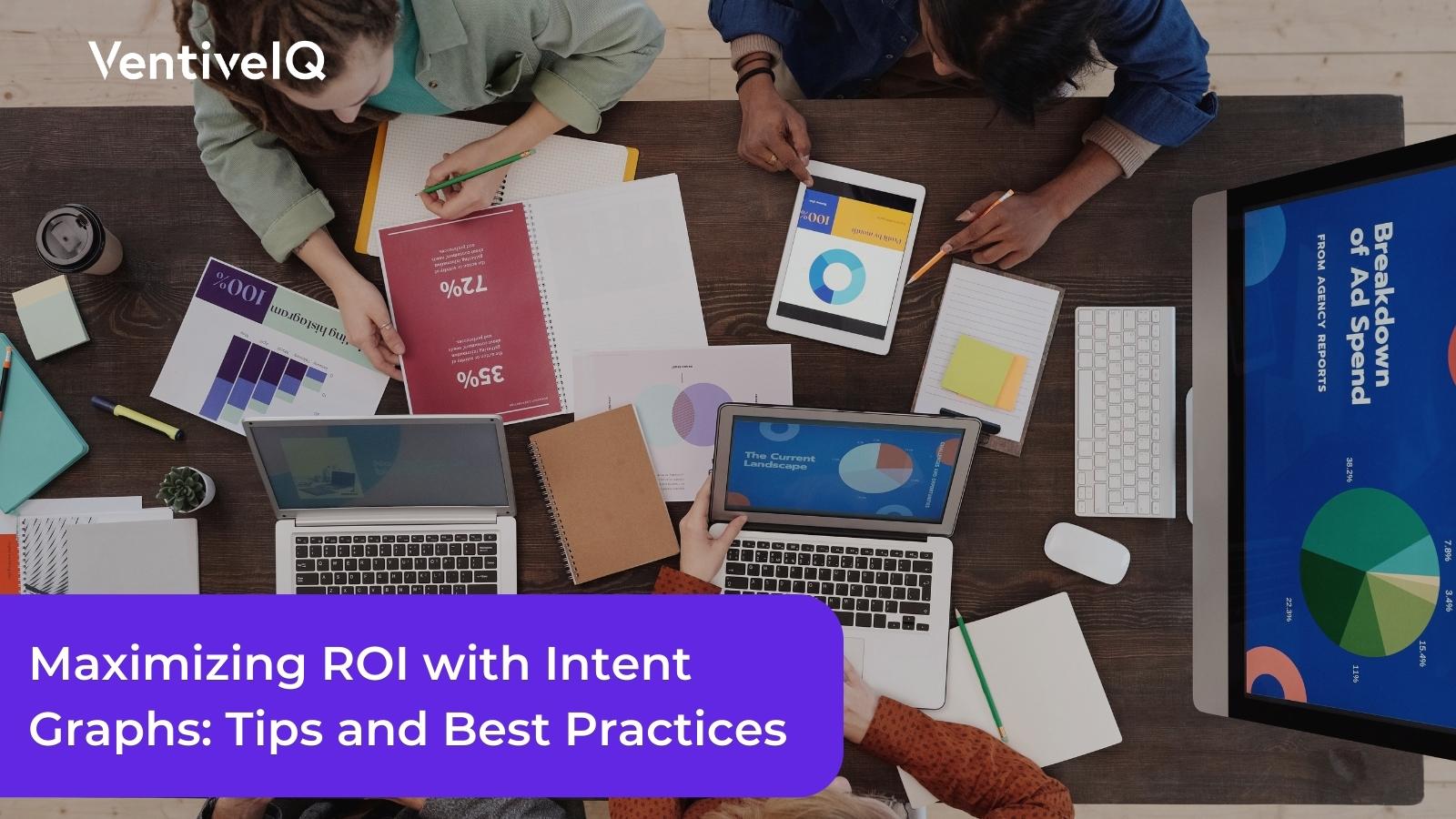In early 2024, a prominent snack brand encountered a crisis. After hiking prices by 22% over two years to offset inflation, consumers surprisingly revolted. Sales plummeted 15% as shoppers switched to cheaper private-label alternatives. The brand’s CEO said, “We misjudged how much elasticity was left in the market—and how little patience consumers had left.” This moment became a wake-up call for the CPG industry. Concurrently, it made noted brands realize a critical fact: Price alone can’t drive growth.
Flash forward to 2025, and CPG companies are keen in approaches that amalgamate empathy and innovation. Let’s peek into the 2025 trends that’re reshaping the U.S. market—and how intent data is becoming the secret weapon for businesses looking to succeed.
1. The Personalization Revolution: Going beyond “One-Size-Fits-All”
Consumers no longer want products—they want experiences tailored to their lives. In 2025, 68% of U.S. shoppers say they’ll pay a premium for personalized offerings, according to a study. Consider the cosmetics industry, where several startups already use AI to examine surfing patterns and social media behavior (hello, intent graphs!). This aids the company in producing highly tailored shampoos for their target market.
Why it works:
- Nike (Hong Kong) saw a conversion spike of 110% after using AI to segment audiences and deliver more personalized campaigns (Emarsys).
- 71% of CPG leaders now use AI in at least one business function, up from 42% in 2023 (McKinsey).
Intent data’s role: By analyzing consumer behavior and preferences, businesses can create personalized experiences for their consumers.
2. Dynamic Pricing: The End of Static Strategies
Annual price hikes are long gone. Today, dynamic pricing rules. Tide’s recent campaign used weather data and laundry habit insights (via smart home devices) to offer discounts on heavy-duty detergent during rainy weeks. This resulted in a straight 12% sales increase in target regions.
The data behind it:
- Several retailers now spend money on AI software to dynamically change prices every hour depending on demand (Coresight Research).
Intent data’s role: Breaking down search terms such as “organic snacks under $5” can enable brands to pilot micro-segment pricing without turning off larger audiences.
3. The Omnichannel Mandate: Where Digital Meets Brick-and-Mortar
The omnichannel strategy is becoming a mandate for CPG brands as consumers increasingly use online and offline shopping journeys. 2025 research shows that 43% of CPG sales now begin online, even if they finish in-store. This trend underscores the importance of creating seamless shopping experiences across multiple channels.
Intent data’s purpose: Monitoring cross-device activity (e.g., mobile searches for “vegan recipes” and subsequent in-store buys) enables brands to chart the full consumer journey.
4. Ethical CPG: Where Values Drive Value
In 2023, a major soda brand faced a huge backlash over plastic waste, and it cost them a staggering $2 billion in market value. Talk about a wake-up call! Nowadays, a massive 69% of global consumers are saying sustainability really matters to them—way more than it did just two years ago. (Nielsen).
So, how are brands reacting?
A solid 60% of Gen Z shoppers are taking it a step further by checking out a brand’s sustainability claims with apps like Good On You before they hit that buy button. And here’s where intent data comes in handy: Brands are keeping an eye on searches for things like “compostable packaging” or “fair trade,” so they can launch products just when the demand for ethical options is heating up.
5. The Intent Graph: New Growth Engine of CPG
Remember the crisis that hit a snack brand? Its strategy for a 2025 return centered primarily on intent data. By partnering with a retail media network, it identified shoppers searching for “gluten-free snacks for kids” and served targeted ads with recipes. Sales rebounded 22% in six months.

What is an Intent Graph?
An intent graph is a dynamic, AI-powered map of consumer behavior that tracks and analyzes digital interactions (e.g., search queries, website visits, social media engagement) to predict purchase intent. Unlike traditional demographic targeting, intent graphs focus on what users want now—not just who they are.
1: Through precision targeting based on signals of active intent, intent graphs can empower companies instead of relying on general demographics. For example, a drink manufacturer recently applied intent graphs to recognize consumers searching for “low-calorie energy drinks”, which resulted in 34% higher CTR than standard ads.
2. Personalization at Scale: Create ultra-relevant content by aligning messaging with people’s immediate needs. Stat: Intent-based personalization campaigns have delivered 5–8x better ROI
3. Attribution Accuracy: Map the entire customer journey to determine high-impact touchpoints. Case study: A retailer found that 63% of conversions started with a Google search for “near me” queries, enabling budget reallocation to local SEO.
4. Predictive Campaign Optimization: Anticipate demand spikes and adjust campaigns proactively.
How VentiveIQ’s Intent Graph Stands Out
VentiveIQ’s intent graph technology goes beyond basic data aggregation. Our online intent data harnesses real-time online behavior, utilizing a vast network and cutting-edge techniques to uncover behavioral keywords, phrases, and terms. Our rich data delivers deep insights into consumer browsing habits and purchase intent, empowering marketing campaigns and accelerating customer acquisition.
Taking reliability and effectiveness a notch up, businesses can even access valuable information like names, addresses, emails, and online segment codes with our Online Intent Data leads to boost customer acquisition. Brands can customize their leads with over 300 demographic and lifestyle data elements, including household income, presence of children, marital status, and more.
Case Study Brief: Boosting CPG Campaign Efficiency
A snack brand used VentiveIQ’s intent graph to identify users searching for “gluten-free party snacks” and served targeted CTV ads with recipe integrations:
- Result: A 28% lift in sales among intent-driven audiences vs. 9% for broad campaigns.
The Future of Intent Graphs
Industry forecasts suggest that by 2026, 74% of U.S. marketers will use intent graphs. VentiveIQ is pioneering advancements like:
- CTV + intent fusion: Matching ad creatives to viewers’ real-time streaming habits.
- Voice search optimization: Analyzing voice queries for local retail targeting.
In Summary, the CPG Playbook for 2025 is Clear:
- Personalize or perish—shoppers crave bespoke experiences.
- Price with precision—leverage AI and intent signals.
- Embrace omnichannel—seamlessly bridge digital and physical.
- Walk the ethical talk—transparency isn’t optional.
As competition intensifies across established categories like food and beverage or personal care products, brands that embrace the power of the intent graph will be well-positioned to thrive in this dynamic market landscape. The future of CPG isn’t just about selling products—it’s about understanding what drives consumer decisions and meeting them where they are.



